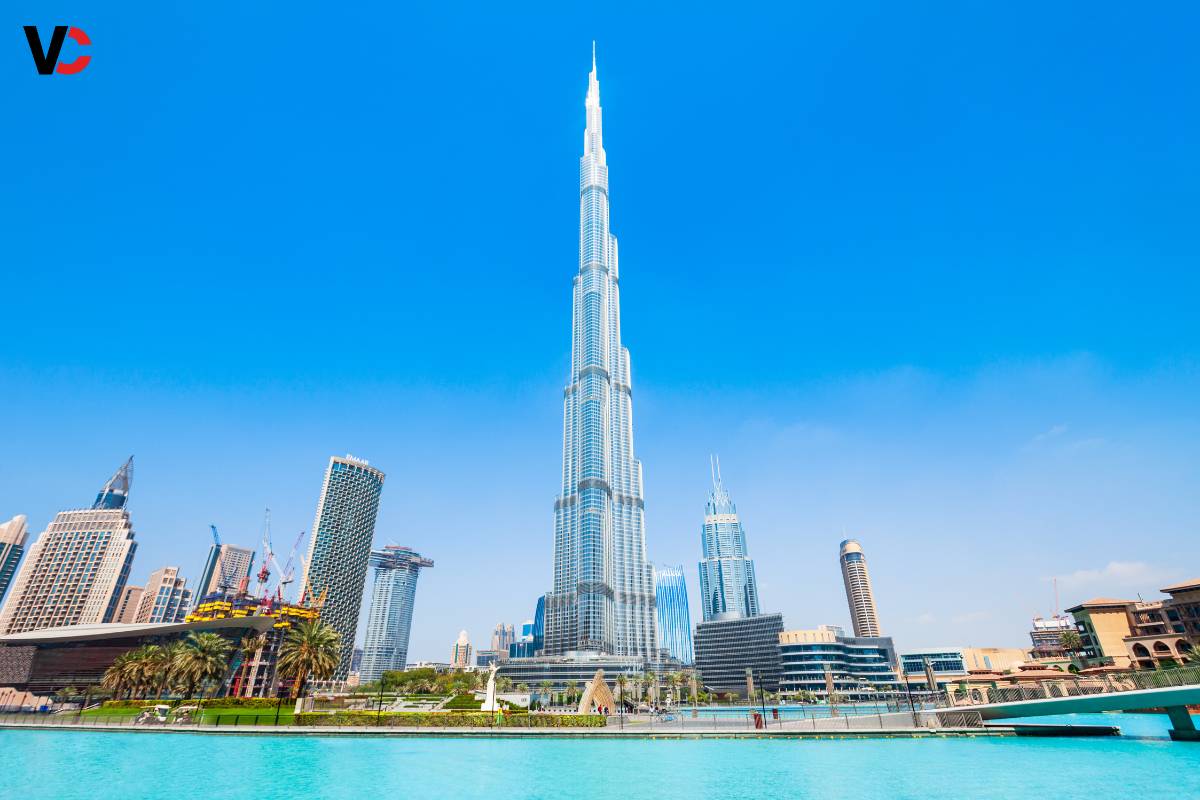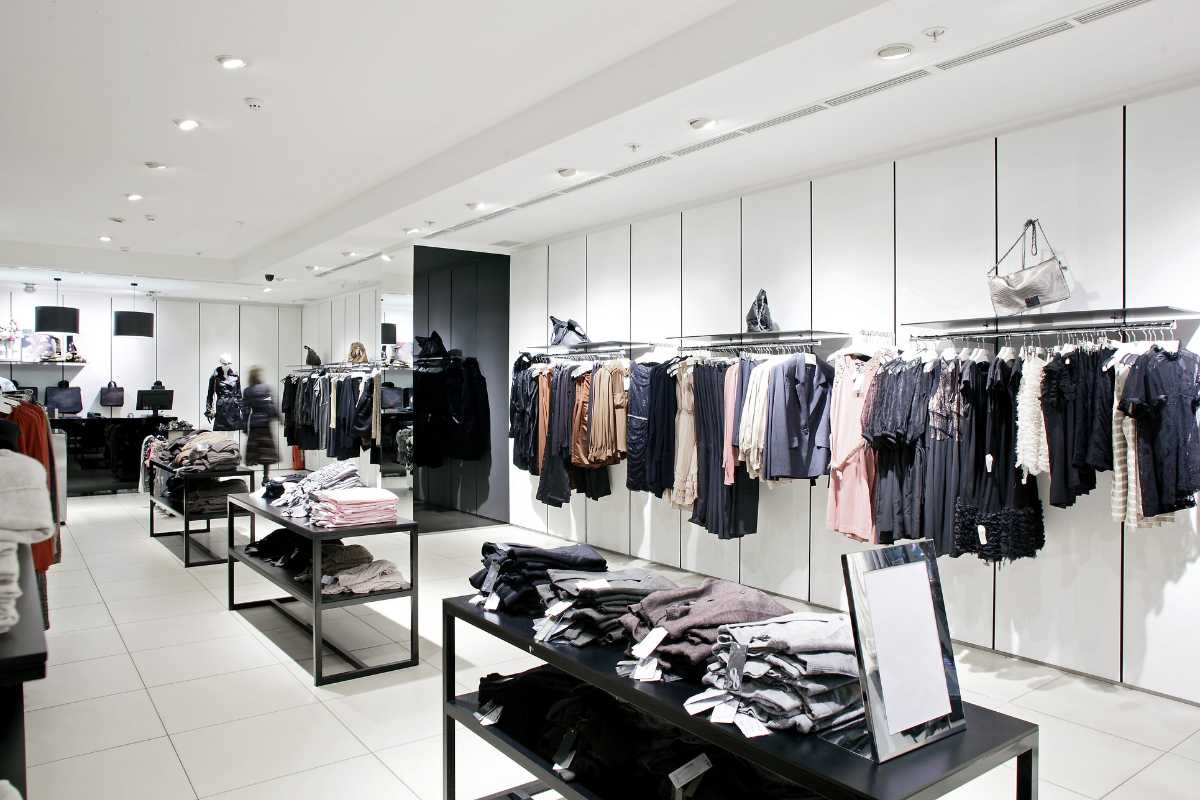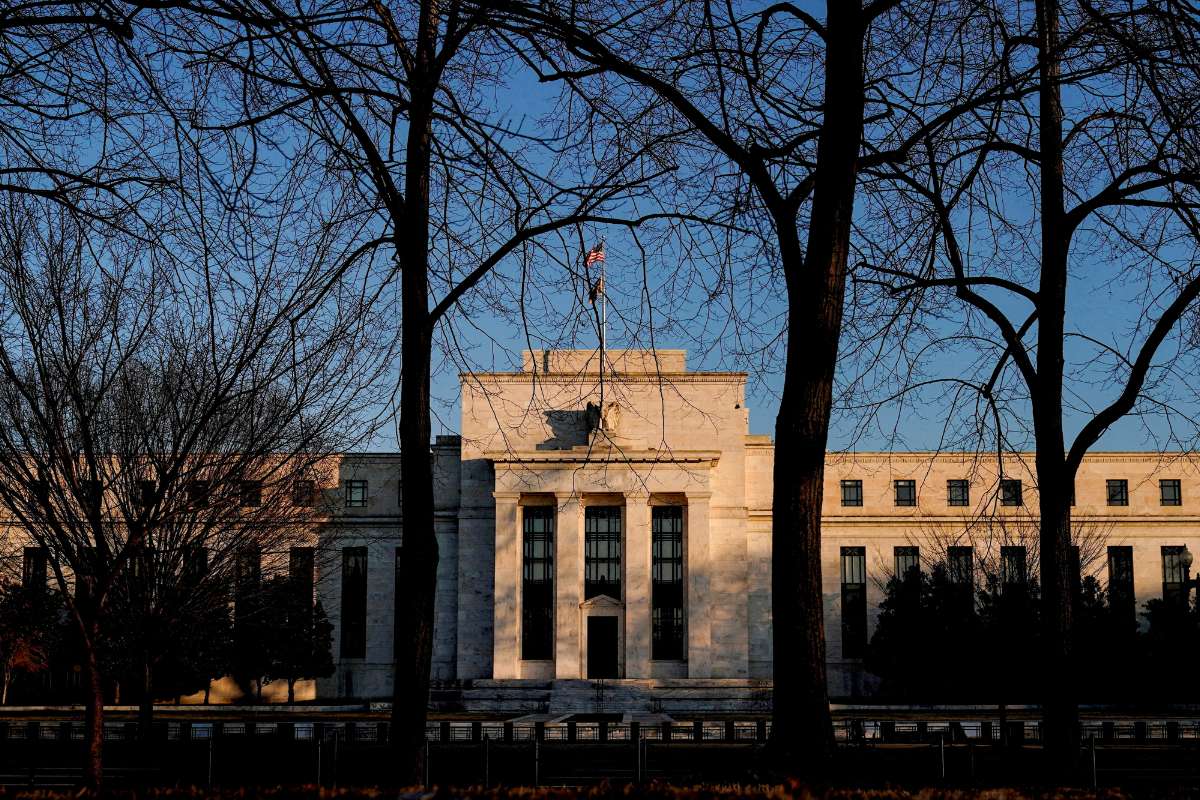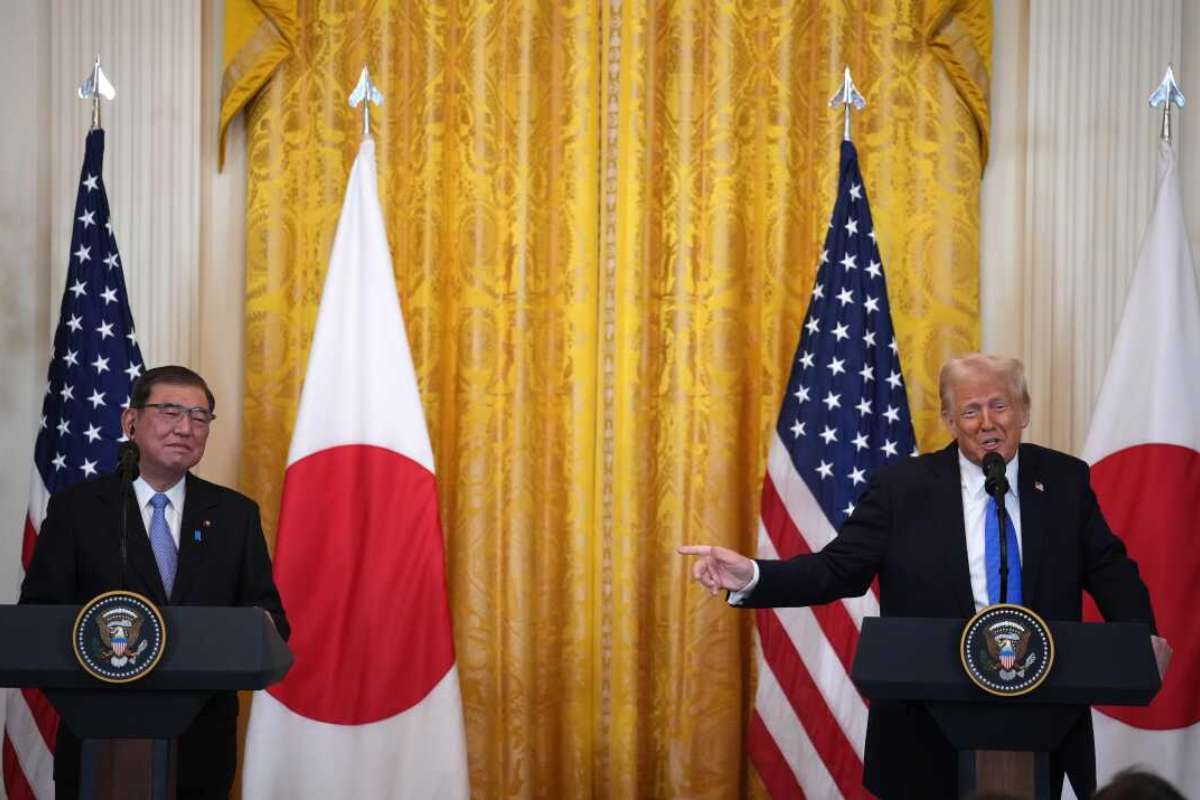The world of architecture has always been a testament to human ingenuity and ambition. Over the decades, our cities have grown not just outward but upward, with skyscrapers piercing the clouds and redefining skylines. As of 2024, the race to build the tallest buildings continues unabated, with structures that embody cutting-edge engineering, innovative design, and immense cultural significance. Here, we explore the top ten tallest buildings that stand as marvels of modern construction.
Here are World’s 10 Tallest Buildings in 2024:
1. Burj Khalifa, Dubai, UAE
The Pinnacle of Skyscrapers
Since its completion in 2010, the Burj Khalifa has held the title of the world’s tallest building. Standing at an awe-inspiring 828 meters (2,717 feet), it is a beacon of Dubai’s rapid development and architectural ambition. The building boasts 163 floors above ground and is home to residential spaces, corporate suites, and the luxurious Armani Hotel.
Architectural Marvel
Designed by Adrian Smith of Skidmore, Owings & Merrill, the Burj Khalifa’s design is inspired by Islamic architecture, specifically the spiraling minaret. Its triple-lobed footprint is based on the Hymenocallis flower, ensuring stability and structural integrity. The building’s exterior is clad in a combination of reflective glazing, aluminum, and textured stainless steel spandrel panels.
Features and Facilities
The Burj Khalifa is not just tall but also a hub of activity. It features the At the Top observation decks on the 124th, 125th, and 148th floors, offering breathtaking views of Dubai. Additionally, the Burj Khalifa Park, with its lush greenery and water features, complements the tower, providing a serene escape from the urban hustle.
2. Shanghai Tower, Shanghai, China
Twisting to the Sky
The Shanghai Tower, completed in 2015, stands at 632 meters (2,073 feet) and is the tallest building in China. This architectural wonder twists as it rises, reducing wind loads and creating a unique visual effect. The tower has 128 stories and is part of the Lujiazui skyline, symbolizing Shanghai’s economic prosperity.
Sustainable Design
Designed by Gensler, the Shanghai Tower incorporates numerous sustainable features. Its double-skin façade improves insulation, and wind turbines on the roof generate power for the building. The tower also collects rainwater and uses a geothermal system for heating and cooling, making it one of the greenest skyscrapers globally.
Multifunctional Spaces
The Shanghai Tower is a vertical city, housing offices, hotels, and cultural venues. The world’s highest observation deck on the 118th floor offers panoramic views of the city. The Jin Mao Tower and the Shanghai World Financial Center, its neighboring skyscrapers, form a trio of iconic structures in Shanghai’s financial district.
3. Abraj Al-Bait Clock Tower, Mecca, Saudi Arabia
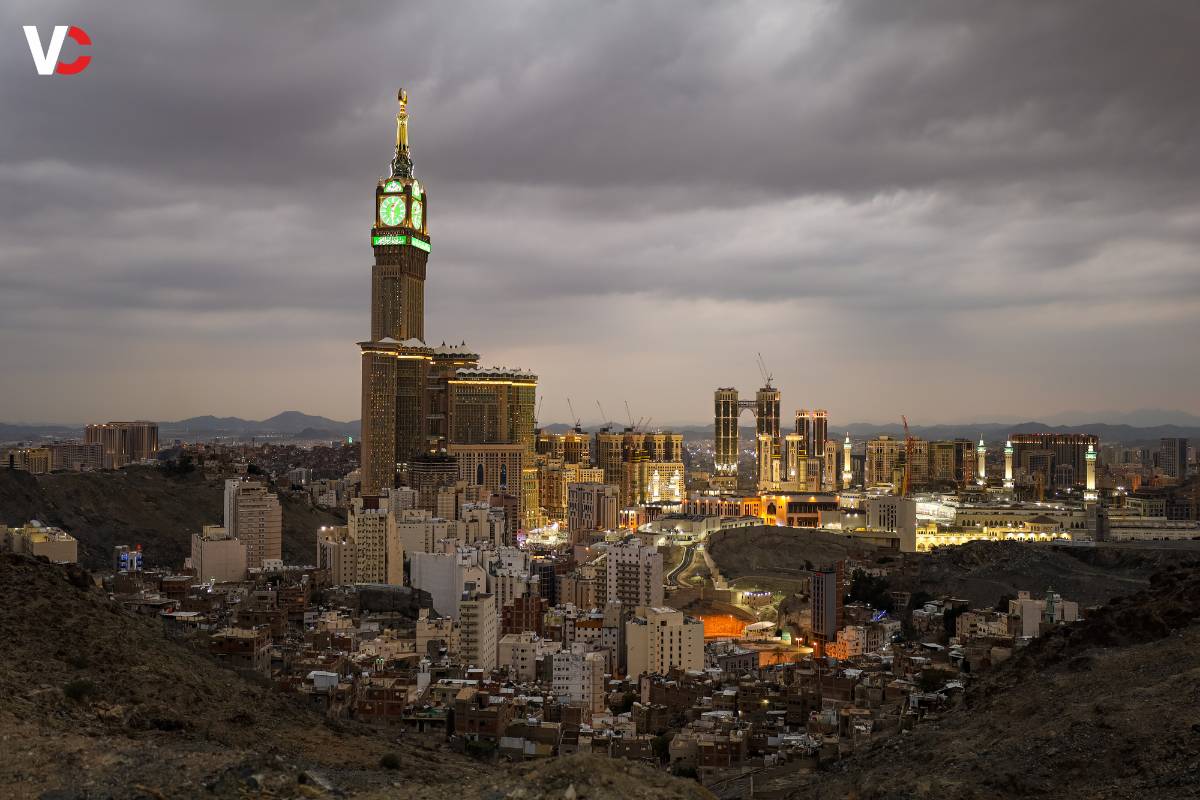
A Monument to Faith
The Abraj Al-Bait Clock Tower, completed in 2012, is part of a government-owned complex in Mecca. Standing at 601 meters (1,971 feet), it is the third tallest building in the world and the tallest with a clock face. The tower is a symbol of Islamic heritage and overlooks the Grand Mosque, the holiest site in Islam.
Design and Features
Designed by the Saudi Binladin Group, the tower’s design blends modern and traditional Islamic architecture. The clock faces are among the largest in the world, and the tower’s spire is topped with a crescent. Inside, it houses a hotel, residential apartments, and a prayer room that can accommodate thousands of worshippers.
Cultural Significance
The Abraj Al-Bait Clock Tower is not just a building but a part of the religious and cultural fabric of Mecca. It serves millions of pilgrims who visit the city each year, providing amenities and enhancing their spiritual journey. The tower’s height and grandeur reflect the importance of Mecca in the Islamic world.
4. Ping An Finance Centre, Shenzhen, China
Shining Bright
The Ping An Finance Centre in Shenzhen is a testament to China’s rapid urbanization. Completed in 2017, it stands at 599 meters (1,965 feet) and has 115 floors. The building is a centerpiece of the city’s skyline and a hub for financial and business activities.
Architectural Excellence
Designed by Kohn Pedersen Fox Associates, the Ping An Finance Centre features a sleek and elegant design. Its stainless steel façade reflects sunlight, giving it a luminous appearance. The building’s structural system is designed to withstand typhoons and seismic activity, ensuring safety and durability.
Economic Hub
The Ping An Finance Centre is a symbol of Shenzhen’s economic prowess. It houses offices, conference centers, and retail spaces, serving as a major business hub in the region. The building’s Sky Lobby on the 116th floor provides stunning views of Shenzhen and its surrounding areas.
5. Lotte World Tower, Seoul, South Korea
Reaching New Heights
The Lotte World Tower, completed in 2016, is the tallest building in South Korea, standing at 555 meters (1,819 feet). Its sleek, tapered design and shimmering glass façade make it a striking addition to the Seoul skyline. The tower has 123 floors and is a mixed-use development.
Design and Innovation
Designed by Kohn Pedersen Fox Associates, the Lotte World Tower incorporates advanced engineering and design principles. Its diagrid structure provides stability and reduces the need for internal columns, creating more open spaces. The building’s façade is designed to withstand Korea’s varied climate conditions.
Entertainment and Luxury
The Lotte World Tower is a hub of entertainment and luxury. It houses a seven-star hotel, offices, retail spaces, and observation decks. The Seoul Sky Observatory on the 117th to 123rd floors offers panoramic views of the city and beyond. The tower also features the world’s highest glass-bottomed observation deck.
6. One World Trade Center, New York, USA
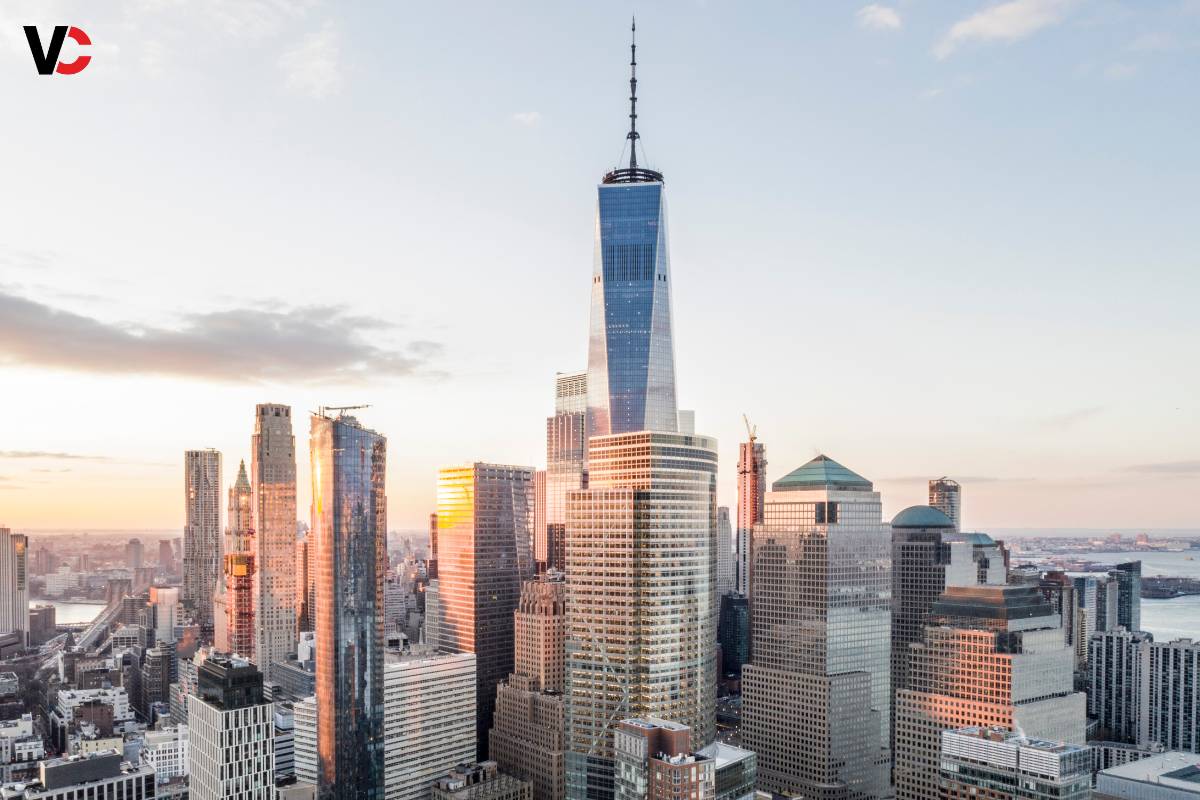
A Symbol of Resilience
One World Trade Center, also known as the Freedom Tower, stands as a symbol of resilience and renewal. Completed in 2013, it is the tallest building in the Western Hemisphere, reaching 541 meters (1,776 feet). The height is a tribute to the year of American independence, 1776.
Architectural Brilliance
Designed by David Childs of Skidmore, Owings & Merrill, One World Trade Center features a glass façade that reflects the sky and cityscape. The building’s design incorporates sustainability and security features, including a reinforced concrete core and energy-efficient systems.
A Hub of Activity
The tower is a center of business and culture. It houses offices, restaurants, and the One World Observatory on the 100th to 102nd floors, offering stunning views of New York City. The building is part of the World Trade Center complex, which includes the 9/11 Memorial and Museum, honoring those who lost their lives in the 2001 attacks.
7. Guangzhou CTF Finance Centre, Guangzhou, China
A Beacon of Progress
The Guangzhou CTF Finance Centre, completed in 2016, stands at 530 meters (1,740 feet) and is one of the tallest buildings in China. It is part of the Guangzhou Twin Towers, alongside the Canton Tower, and represents the city’s economic growth and modernization.
Innovative Design
Designed by Kohn Pedersen Fox Associates, the Guangzhou CTF Finance Centre features a modern design with a glass and stone façade. The building’s structure is engineered to withstand typhoons and seismic activity. It also incorporates sustainable features, such as a high-performance curtain wall system and rainwater harvesting.
Multifunctional Spaces
The building is a multifunctional development, housing offices, a hotel, and residential apartments. The observation deck on the 95th floor offers panoramic views of Guangzhou. The building’s location in the Zhujiang New Town area makes it a key part of the city’s business district.
8. Tianjin CTF Finance Centre, Tianjin, China
Soaring Heights
The Tianjin CTF Finance Centre, completed in 2019, is another marvel in China’s skyline. Standing at 530 meters (1,740 feet), it is among the tallest buildings in the world. The tower is part of the Tianjin Economic-Technological Development Area, reflecting the city’s rapid growth.
Sleek Design
Designed by Skidmore, Owings & Merrill, the Tianjin CTF Finance Centre features a sleek, curvilinear design that reduces wind loads and improves structural efficiency. The building’s glass façade allows for natural light, enhancing energy efficiency. The tower’s design is both functional and aesthetically pleasing.
Versatile Spaces
The Tianjin CTF Finance Centre houses offices, luxury apartments, and a hotel. The building’s amenities include conference centers, fitness facilities, and retail spaces. The observation deck offers breathtaking views of Tianjin and its surrounding areas, making it a popular attraction.
9. CITIC Tower, Beijing, China
The Dragon’s Spine
The CITIC Tower, also known as China Zun, is the tallest building in Beijing, standing at 528 meters (1,732 feet). Completed in 2018, the tower’s design is inspired by the zun, an ancient Chinese ceremonial vessel, symbolizes the city’s rich cultural heritage.
Architectural Mastery
Designed by Kohn Pedersen Fox Associates, the CITIC Tower features a unique, curvilinear design that tapers towards the base and top. The building’s glass façade reflects the sky and cityscape, creating a dynamic visual effect. The tower’s structure is engineered to withstand seismic activity, ensuring safety.
Business and Culture
The CITIC Tower is a major business hub, housing offices, conference centers, and retail spaces. The observation deck on the 108th floor offers panoramic views of Beijing.
10. TAIPEI 101, Taipei, Taiwan
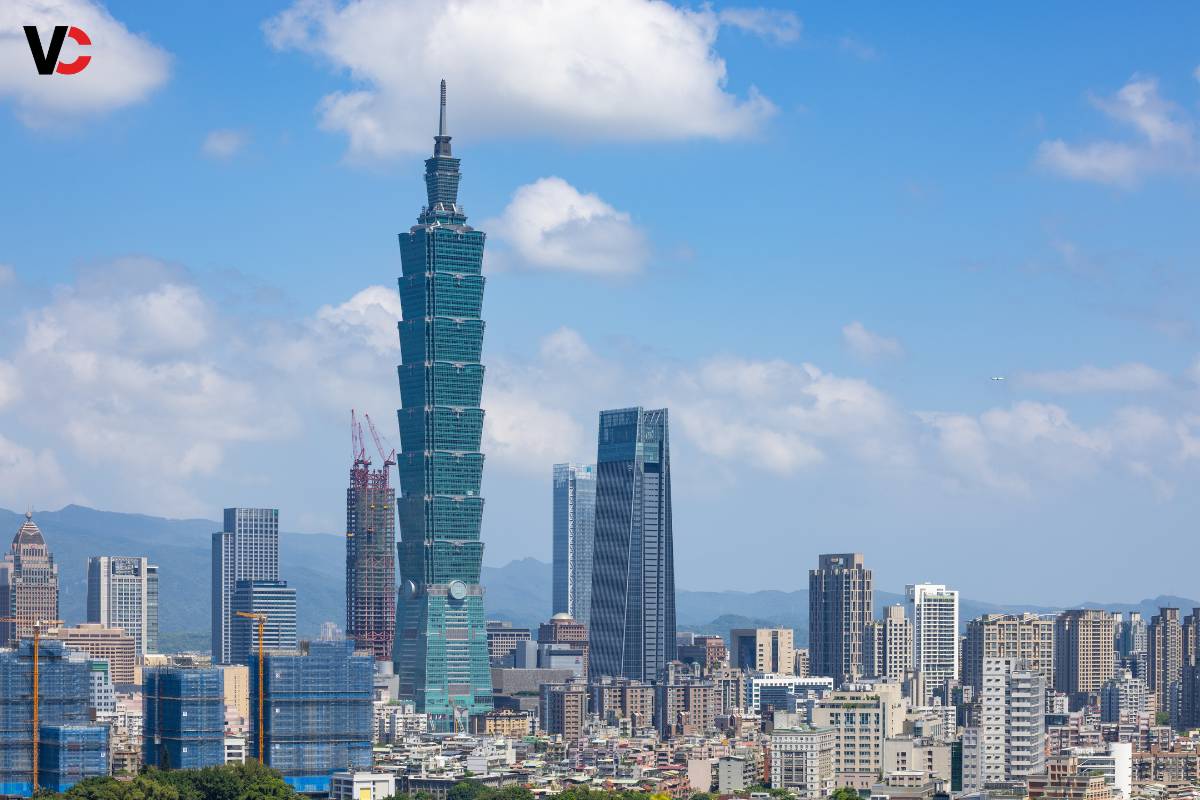
Reaching for the Sky
Though it has been surpassed in height by newer skyscrapers, TAIPEI 101 remains an iconic structure and a symbol of Taiwan’s economic strength. Completed in 2004, it stands at 508 meters (1,667 feet) and held the title of the world’s tallest building until 2010.
Innovative Design
Designed by C.Y. Lee & Partners, TAIPEI 101’s design incorporates traditional Chinese elements and advanced engineering techniques. The building’s tiered structure is inspired by the shape of a bamboo stalk, symbolizing growth and resilience. The façade is designed to withstand typhoons and earthquakes, common in Taiwan.
Sustainability and Technology
TAIPEI 101 is a pioneer in green building practices. It has achieved LEED Platinum certification, the highest level of recognition for sustainable building. The tower features energy-efficient systems, rainwater recycling, and a tuned mass damper that reduces swaying during high winds and earthquakes.
Conclusion
The world’s tallest buildings of 2024 are marvels of modern engineering and design. They stand as testaments to human creativity, ambition, and the relentless pursuit of progress. Each of these structures is a symbol of its city’s identity, reflecting its culture, economic strength, and vision for the future. From the soaring heights of the Burj Khalifa to the sustainable design of the Shanghai Tower, these buildings are not just feats of construction but also icons of our time.
As we look to the future, the skyline will continue to rise, with new buildings that push the boundaries of what is possible. The tallest buildings of tomorrow will not only reach new heights but also set new standards for sustainability, innovation, and integration with technology. The race to build the tallest buildings is more than just a quest for height; it is a journey towards a better, more advanced future. As we continue to innovate and dream big, the skyline will be a testament to our greatest achievements and our enduring spirit of exploration and discovery.
Also Read: The Different Types of Taxes

